Northrop Frye on Thematic Modes
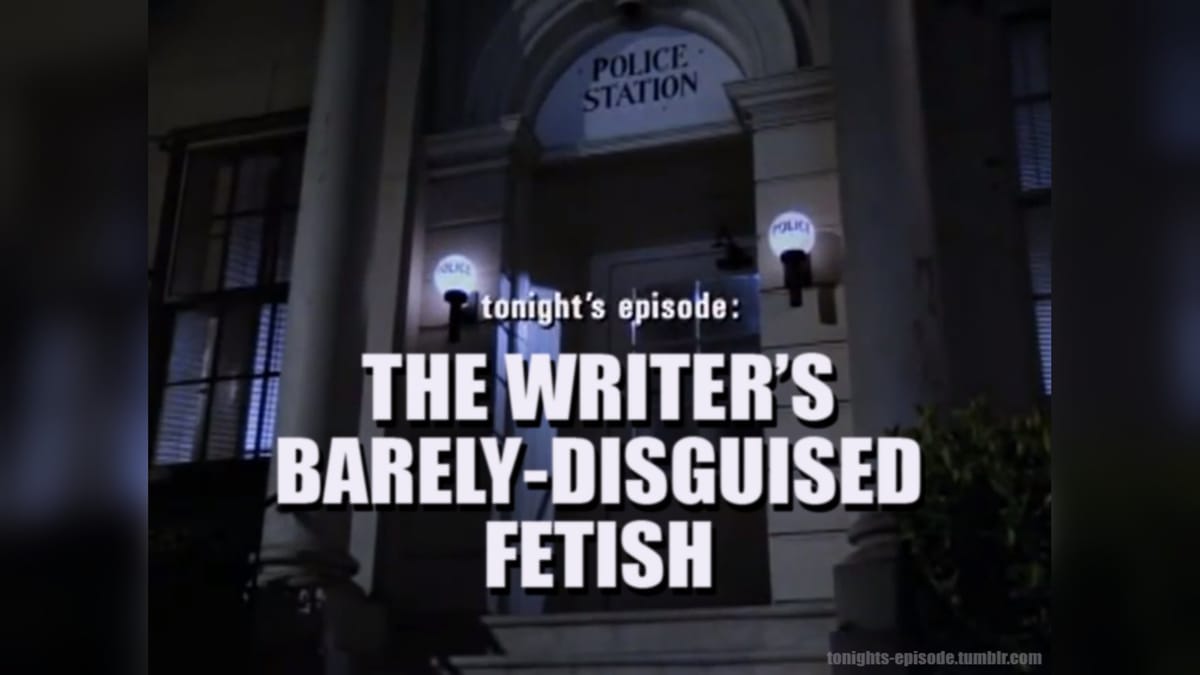
Last time, we explored Northrop Frye's modes of heroic action, which creates a model in two dimensions, the mythic-ironic axis and the tragic-comic axis.
In the latter part of the First Essay, Frye turns to another related way of categorizing stories: theme or "dianoia".
Aristotle lists six aspects of poetry: three of them, melody, diction, and spectacle, form a group by themselves, and we shall consider them in due course. The other three are mythos or plot, ethos, which includes both characters and setting, and dianoia or "thought." The literary works we have so far been considering are works of fiction in which the plot is, as Aristotle called it, the "soul" or shaping principle, and the characters exist primarily as functions of the plot But besides the internal fiction of the hero and his society, there is an external fiction which is a relation between the writer and the writer's society.
Theme is something that I am very interested in, and most of my book reviews and criticism tend to focus on theme over plot and characters. One of the key elements in analyzing theme is looking at the relationship between the author and his audience. Frye uses a very similar model to that of the "internal fiction" we saw with modes of action to analyze the "external fiction" of the theme.
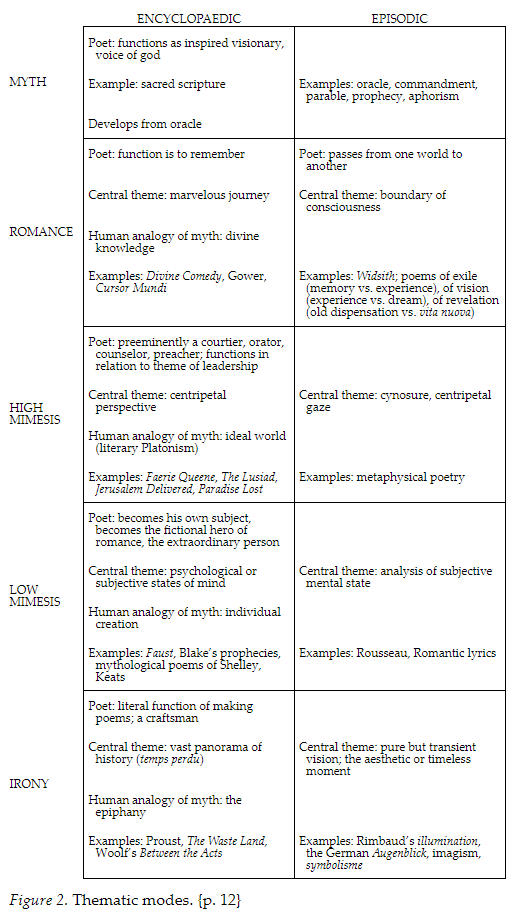
The names of the modes remain the same, but now the other axis has changed to encyclopedic-episodic. What Frye means by this is an artist can express something that is individual and idiosyncratic, or something that is intentionally reflective of his wider society.
In fiction, we discovered two main tendencies, a "comic" tendency to integrate the hero with his society, and a "tragic" tendency to isolate him. In thematic literature the poet may write as an individual, emphasizing the separateness of his personality and the distinctness of his vision.
...
Or the poet may devote himself to being a spokesman of his society, which means, as he is not addressing a second society, that a poetic knowledge and expressive power which is latent or needed in his society comes to articulation in him.
And just like with modes of action, we can look at relevant examples to help tease out exactly what Frye means, because I find this terminology not helpful. At all.
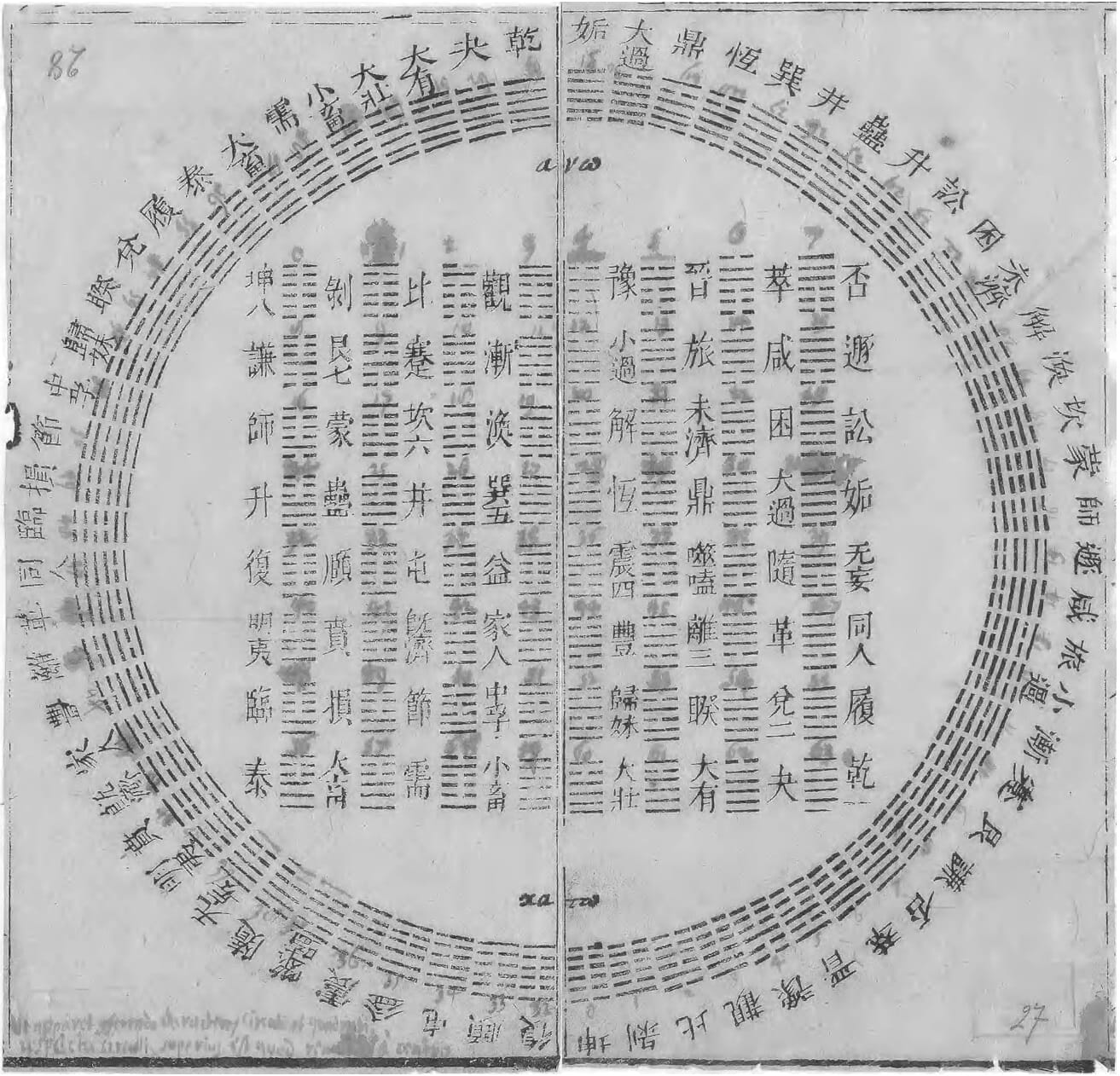
Part of what Frye means by the term "encyclopedic" can be seen in his examples of encyclopedic myths:
The poet's visionary function, his proper work as a poet, is on this plane to reveal the god for whom he speaks. This usually means that he reveals the god's will in connection with a specific occasion, when he is consulted as an oracle in a state of "enthusiasm" or divine possession. But in time the god in him reveals his nature and history as well as his will, and so a larger pattern of myth and ritual is built up out of a series of oracular pronouncements. We can see this very clearly in the emergence of the Messiah myth from the oracles of the Hebrew prophets. The Koran is one clear historical instance at the beginning of the Western period of the mythical mode in action.
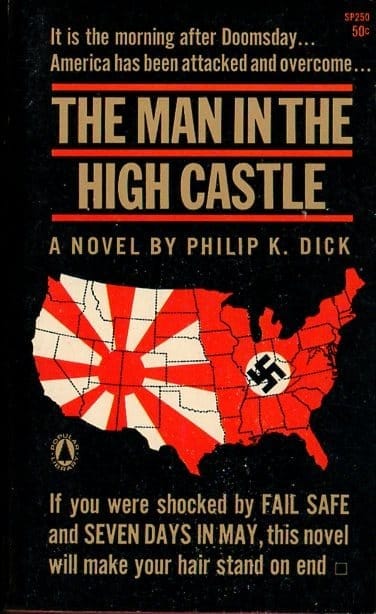
This larger pattern that builds itself up over time, which can manifest itself in sacred scripture or foundational myths is something that John J. Reilly mentioned in his review of The Man in the High Castle:
The most sympathetic character, a quixotic Japanese trade official named Mr. Tagomi, explains that both the "I Ching" and the "Bible" are alive, along with certain other books. I am intrigued by this notion; certainly the canon of the "Bible" seems to have had certain powers of, well, self-assembly.
And what are the encyclopedic forms assembled from? From the episodic forms, which are something like the atoms of themes. Frye says that while there can be a vast number of episodic forms within a given theme, there is usually one specific form that serves as a seed crystal for the growth of the encyclopedic form. And this is exactly what both the Bible and the I Ching are: collections of oracles with a unifying theme. Unlike the tragic-comic axis, the encyclopedic-episodic axis is not opposing directions, but a rather a continuum from atomic elements to thematic wholes.
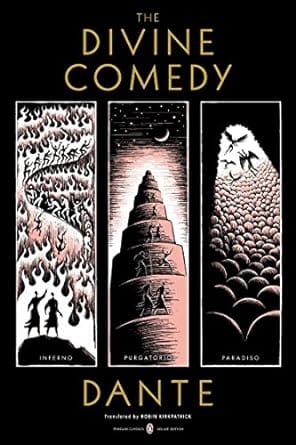
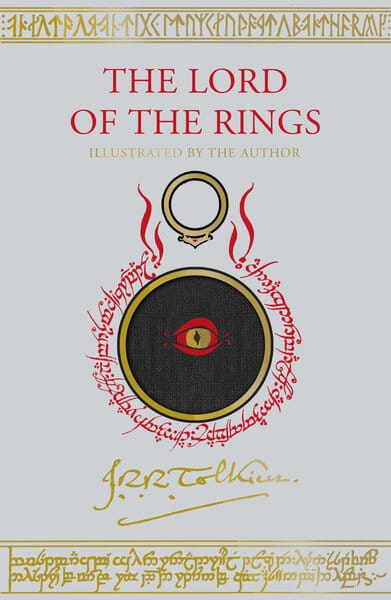
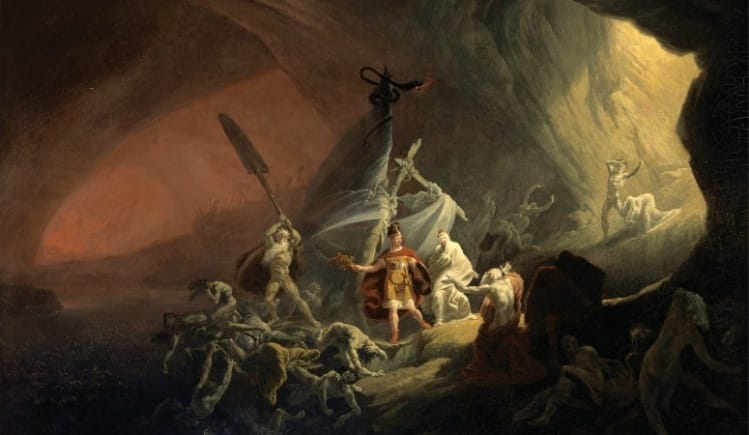
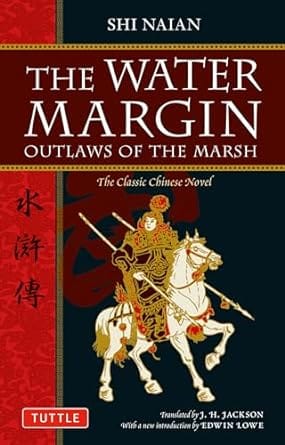
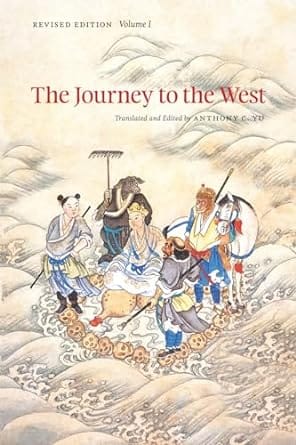
Encyclopedic romances are some of the most famous works of literature in existence. National epics, grand sweeping histories, and marvelous journeys such as the Iliad or the Aeneid, Dante's Divine Comedy, Journey to the West or the Water Margins are all encyclopedic romances. J. R. R. Tolkien's The Lord of the Rings falls into this category as well, as Tolkien always insisted LotR was a romance, and stated that his goal was to write a new national myth for Britain.
You can also see how episodic romances can come together as the nucleus of something bigger, as in the collected tales of chivalry that are referred to as The Matter of France.
Another of the great Chinese novels is an example of the high mimetic in an encyclopedic mode: The Romance of the Three Kingdoms. While the story's most common English title says "Romance", I classify it as high mimetic because of its thematic focus upon leadership and courtly intrigue.
Frye's examples of episodic high mimetic rely on the concept of cynosure, or what we might call being the center of attention. Thus the atoms of the high mimetic are often plays, with the audience focusing on the stage.
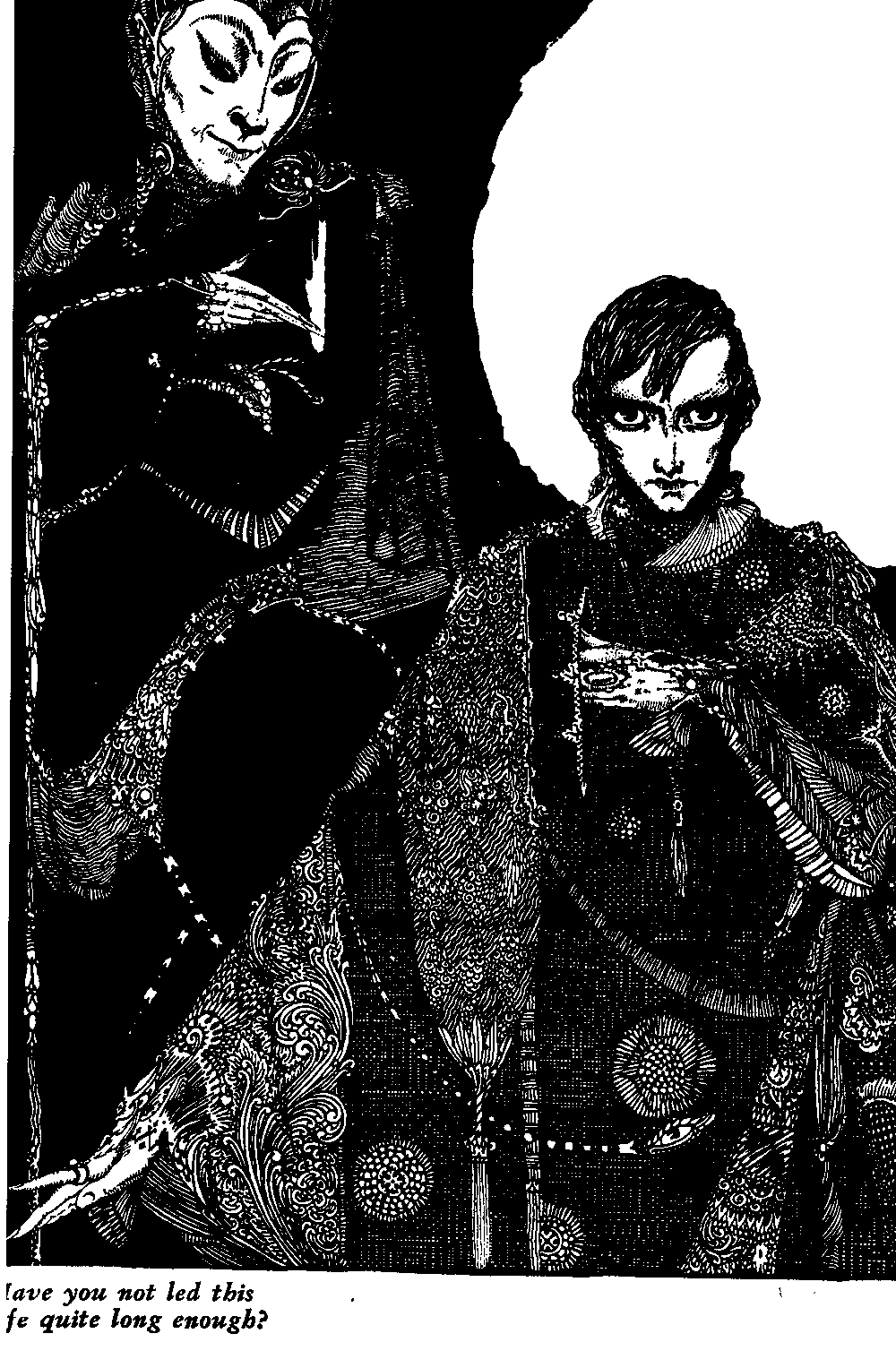
When discussing low mimetic themes, Frye points out why artists like Lord Byron were called Romantics:
In this age the thematic poet becomes what the fictional hero was in the age of romance, an extraordinary person who lives in a higher and more imaginative order of experience than that of nature. He creates his own world, a world which reproduces many of the characteristics of fictional romance already touched on.
Lord Byron lived the life that previous eras would have invented for a fictional hero. Which is quite different than the characteristic themes of the low mimetic, which focus upon internal psychological states. Frye's examples of encyclopedic low mimetic stories are Goethe's Faust and Shelley's poetry, such as "Ozymandias".
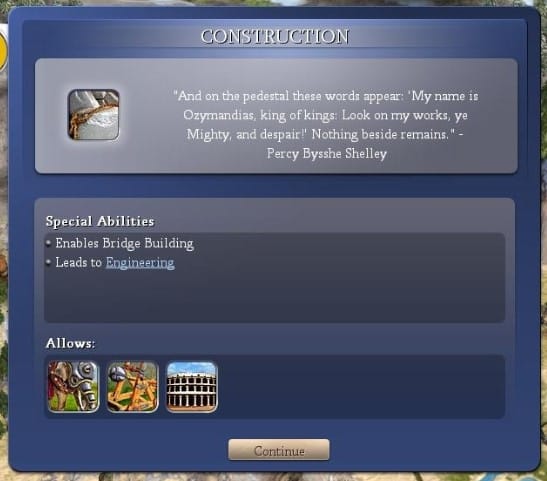
The elements that comprise the episodic low mimetic are detailed analyses of subjective or internal states, which is a short gloss on English literature for most of the nineteenth century.
And finally we come to the contemporary mode, the ironic. The focus of an artist in the ironic mode is often on pure craft: attempting to distill experience into the page in the most striking way possible. Frye gives the examples of T. S. Eliot's The Wasteland or Marcel Proust's Remembrance of Things Past.
I've never read either of those, so why don't we look at contemporary examples that are influenced by these books.
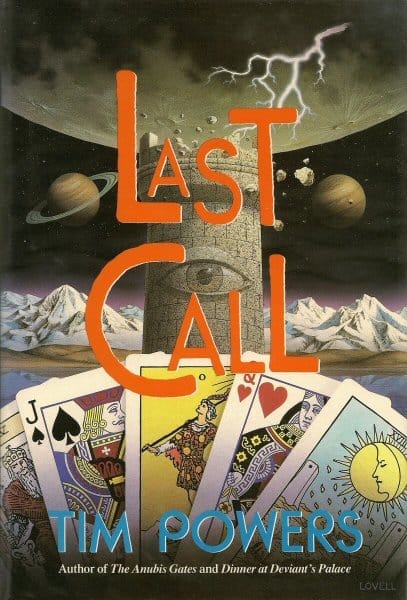
Tim Powers' Last Call is influenced by The Wasteland, which I think anyone familiar with Powers' book could see just by this listing of the five sections of The Wasteland:
- I. The Burial of the Dead
- II. A Game of Chess
- III. The Fire Sermon
- IV. Death by Water
- V. What the Thunder Said
Although Powers obviously didn't care much about Eliot's 1956 comment that he regretted publishing his notes alongside the poem as they had "sent so many enquirers off on a wild goose chase after Tarot cards and the Holy Grail." Powers choosing to lean in to the thing that Eliot wanted to get people to shy away from is a point we will return to.
I can't ever imagine wanting to read A Remembrance of Things Past, but one of the things that novel is known for is the episode of the madeleine, when the narrator experiences a flashback after eating a cookie.
One of my favorite examples of this technique is the scene in Ratatouille where Anton Ego tastes the eponymous dish and is transported back to his childhood. It is a testament to how influential Proust is that this has become a standard storytelling technique 100 years later.
Now that we've covered all of the elements in Frye's First Essay of the Anatomy of Criticism, in the next installment I will attempt to bring it all together. I will attempt to show how theme and mode of action interact and contrast to produce interesting stories.
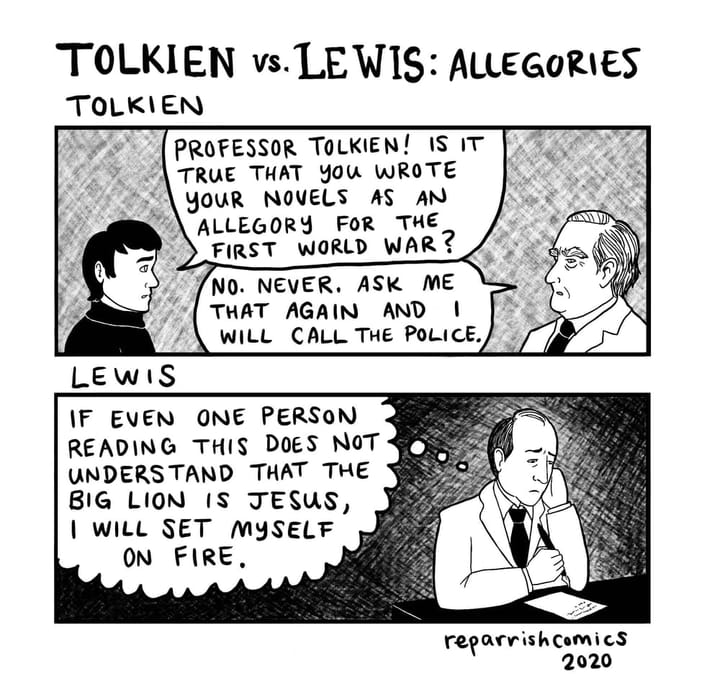
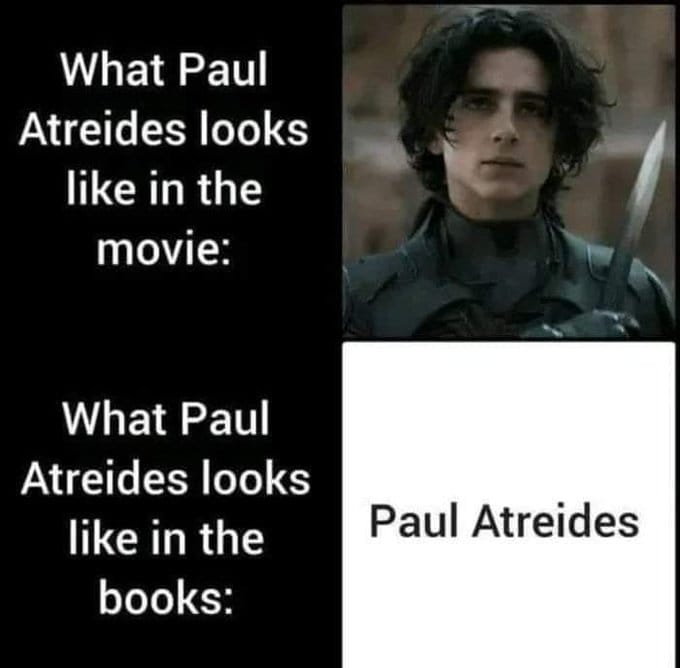
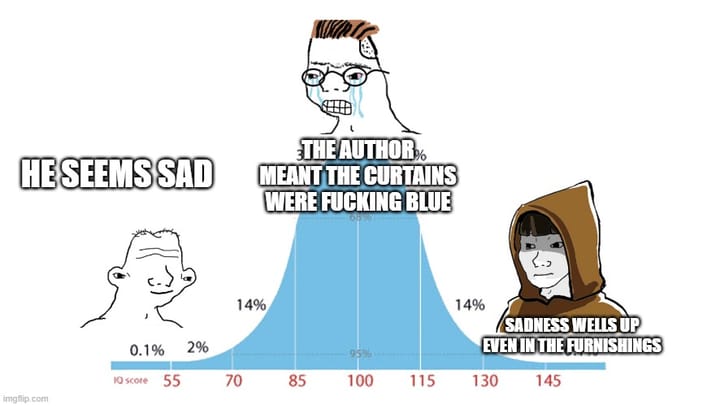
Comments ()